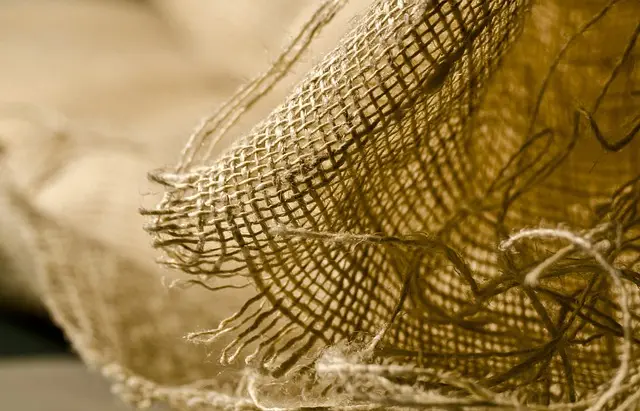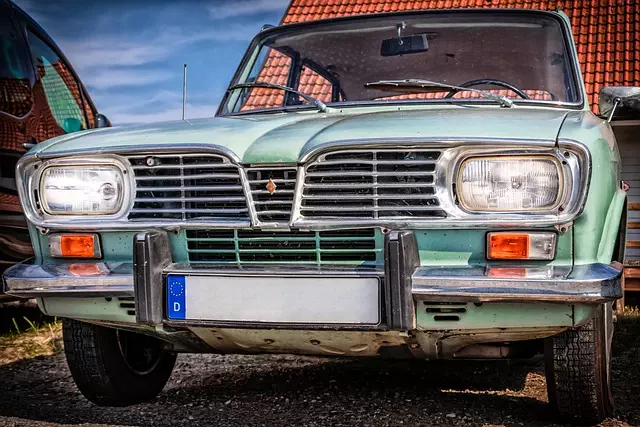Maeng Da and Red Bali are two distinct Kratom strains from the Mitragyna speciosa family, each offering unique effects due to their individual alkaloid compositions. Maeng Da, also known as "Pimpuak," is a potent Thai strain recognized for its uplifting and mood-enhancing qualities without excessive sedation. It's favored for its balanced effect that provides both stimulation and relaxation, often preferred by those looking for a harmonious blend of these experiences. On the other hand, Red Bali from Indonesia is renowned for its calming and analgesic properties, ideal for pain relief and relaxation, particularly suitable for evening use or for individuals sensitive to stimulants. It has a higher concentration of 7-hydroxymitragynine, which contributes to its powerful pain-relieving effects. Red Bali is known to induce tranquility and promote overall well-being, making it a sought-after strain for those seeking relaxation and stress relief. When comparing Maeng Da vs Red Bali, the distinct cultivation environments and leaf maturity at harvest contribute to their different alkaloid profiles, influencing their effects within the Kratom market. Users should consider their specific needs when choosing between these strains, as each offers unique benefits, with Maeng Da providing a more balanced and energizing experience and Red Bali offering a more calming and sedative effect. Both strains are popular choices for those interested in Kratom's effects, with Maeng Da vs Red Bali being key topics within the Kratom strain landscape.
Discover the nuanced world of Malaysian Kratom Buds, particularly the highly acclaimed Maeng Da and Red Bali varieties. In this comprehensive exploration, we delve into the unique attributes that set these botanicals apart. From their distinct origins to the profound effects they yield, “Malaysian Kratom Buds” offers an in-depth analysis of Maeng Da’s composition and influence, as well as a detailed look at Red Bali’s characteristic traits and applications. Whether you’re a seasoned user or new to the realm of herbal supplements, understanding the differences between Maeng Da vs Red Bali will enrich your knowledge and assist in making informed decisions about their use. Join us as we unravel the essence and explore the intricacies that define these potent plant offerings.
- Unraveling the Differences: Maeng Da vs Red Bali Kratom Buds
- The Essence of Maeng Da: Origin, Composition, and Effects
- Exploring Red Bali Kratom: Characteristics, Uses, and Distinctive Traits
Unraveling the Differences: Maeng Da vs Red Bali Kratom Buds

Maeng Da and Red Bali are two distinct strains within the Mitragyna speciosa family, each with its unique alkaloid profile and effects. Maeng Da, originating from Thailand and also known as “Pimpuak,” translates to “from the forest” or “medicine from the forest.” This strain is renowned for its potency and invigorating properties, often preferred by individuals seeking a balance of stimulating and relaxing effects. The leaves of Maeng Da are harvested at a mature stage, which contributes to its stronger alkaloid content compared to many other strains. This can lead to a more pronounced impact on energy levels and mood enhancement without the overpowering sedation associated with some other Kratom types.
In contrast, Red Bali Kratom is sourced from the Indonesian island of Bali and is characterized by its dark leaf veins and mature leaf selection. The strain is celebrated for its pain-relieving and calming effects, making it a popular choice among those looking to unwind or manage chronic discomfort. The alkaloid composition in Red Bali is slightly different from Maeng Da, with a higher concentration of 7-hydroxymitragynine, which may contribute to its analgesic qualities. Users often report that Red Bali promotes a sense of tranquility and well-being, which can be ideal for evening use or for individuals sensitive to the stimulating effects of other strains. When comparing Maeng Da vs Red Bali Kratom buds, it’s clear that while both are derived from the same botanical species, their distinct cultivation conditions and leaf maturity result in different alkaloid concentrations, leading to disparate experiences for consumers.
The Essence of Maeng Da: Origin, Composition, and Effects

Maeng Da, a revered strain within the realm of kratom, has garnered attention for its potent properties and distinct effects. Originating from the dense forests of Southeast Asia, specifically Thailand, where it thrives in the humid climate, Maeng Da, whose name translates to “Pushing Down,” refers to the way workers in the fields would crouch down to pick the leaves from the tall trees. This strain is celebrated for its nuanced composition, with alkaloids such as 7-hydroxymitragynine and mitragynine being present in higher concentrations compared to many other kratom varieties. These compounds contribute to Maeng Da’s robust stimulating and analgesic effects, which users often compare favorably with those of Red Bali. The effects of Maeng Da are known to be both balanced and long-lasting, offering a blend of invigorating and soothing sensations that can enhance focus, mood, and energy levels, while also providing pain relief without the sedative heaviness that some other strains may induce. This unique balance makes it a preferred choice for those seeking an energizing yet calm experience, often leading to comparisons with Red Bali, which is similarly sought after for its pain-relieving and mood-enhancing qualities but differs in its alkaloid profile and the fineness of its powder, which can affect how it’s experienced by users. When comparing Maeng Da vs Red Bali, one must consider the individual user’s needs, as both strains have their own unique characteristics and potential benefits.
Exploring Red Bali Kratom: Characteristics, Uses, and Distinctive Traits

Red Bali Kratom, a strain of Mitragyna speciosa native to the islands of Indonesia, has garnered attention for its unique properties and effects that distinguish it from other kratom varieties. Known for its sedative qualities, Red Bali is often preferred by individuals seeking relaxation and stress relief. The leaves of this strain are characterized by their dark red veins and matured coloration, which signify a higher alkaloid content, particularly 7-hydroxymitragynine, a key active component that contributes to its potent effects. When compared to Maeng Da, another popular kratom variety, Red Bali is typically less stimulating and more calming, making it suitable for use later in the day or before restful activities. Users often report that Red Bali helps alleviate discomfort and promotes a sense of well-being, which can be beneficial for those experiencing fatigue or mild depressive symptoms. Its distinctive traits make it a preferred choice for many who are looking to unwind and find respite from the daily grind, setting it apart in the realm of kratom strains.
Maeng Da and Red Bali kratom buds each offer unique attributes that cater to diverse preferences within the kratom community. Understanding the nuanced differences between these strains, as detailed in “Unraveling the Differences: Maeng Da vs Red Bali Kratom Buds,” provides insight into their distinct origins, compositions, and effects. The Maeng Da strain, known for its invigorating properties, hails from the dense forests of Thailand and offers a balance of stimulating and relaxing effects that users seek for various purposes. In contrast, Red Bali kratom buds are renowned for their sedative qualities, which can be particularly beneficial for those looking to alleviate stress or induce a sense of calm. Both strains have garnered attention in the wellness community due to their individual characteristics and uses, as explored in “The Essence of Maeng Da: Origin, Composition, and Effects” and “Exploring Red Bali Kratom: Characteristics, Uses, and Distinctive Traits.” For those interested in exploring kratom’s benefits, discerning between Maeng Da and Red Bali can lead to a more personalized wellness experience.






